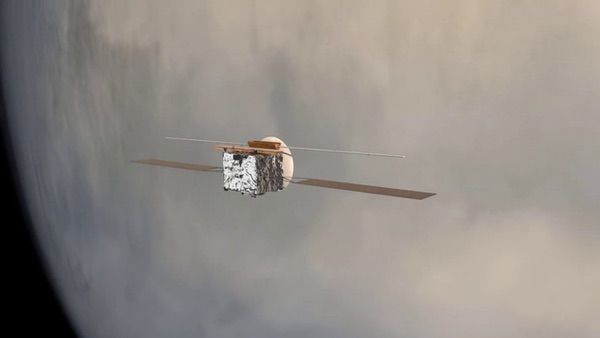In 2016, the European Space Agency announced a call for medium-size missions within their Cosmic Vision Program. In layman’s terms, “medium-size” means moderate-cost (less than 550 million euros, or $610 million) and low-risk, and this is achieved by keeping payloads small and by using proven, heritage technology for both spacecraft and payload. Alongside these common-sense conditions is a third and less tangible quality, that the project be scientifically robust. But when comparing excellent cases from vastly different fields, the merits of one scientific mission over another can seem subjective. It’s not enough to lament the dearth of data in said field, or to establish how a project will discover this or that, or even to show exactly how said “groundbreaking technology” will work. ESA wants a mission that will stir up an unprecedented level of excitement, support, and interest within the scientific community. Here is how they attempt to measure a project’s relevance.
“Each member state has a representative in the Science Programme Committee, and it’s their duty to define the content of the program,” said Luigi Colangeli, head of ESA’s Science Coordination Office. “Study groups work with the various proposals to arrive at something that is compatible with the boundary conditions, in this case, of a M-5, or medium-class mission. Right now, we are studying the evolution of the three missions. And then next year we will put together a peer review panel, who will analyze the three candidates and recommend the best selection to our Director of Science.”
Since the call went out four years ago, ESA have been whittling down proposals, from 25 at the beginning to only three now: Envision, Theseus, or SPICA. In February the EnVision conference took place at the National Centre for Space Studies (CNES) in Paris. EnVision is a low-altitude polar orbiter that is meant to perform high-resolution radar mapping, surface composition, and atmospheric studies of Venus. The purpose of the meeting was to call the Venus community to attention, because the clock is ticking. Consortium members, ESA representatives, and interested scientists from all over the world were in attendance.
